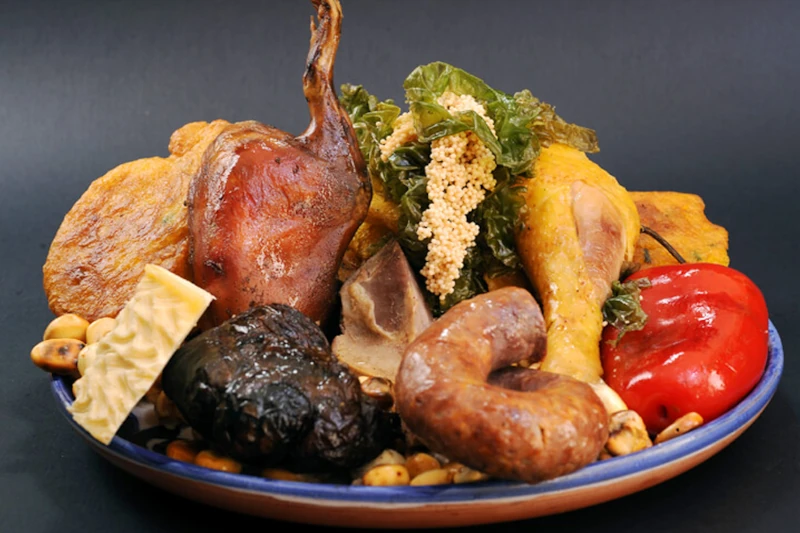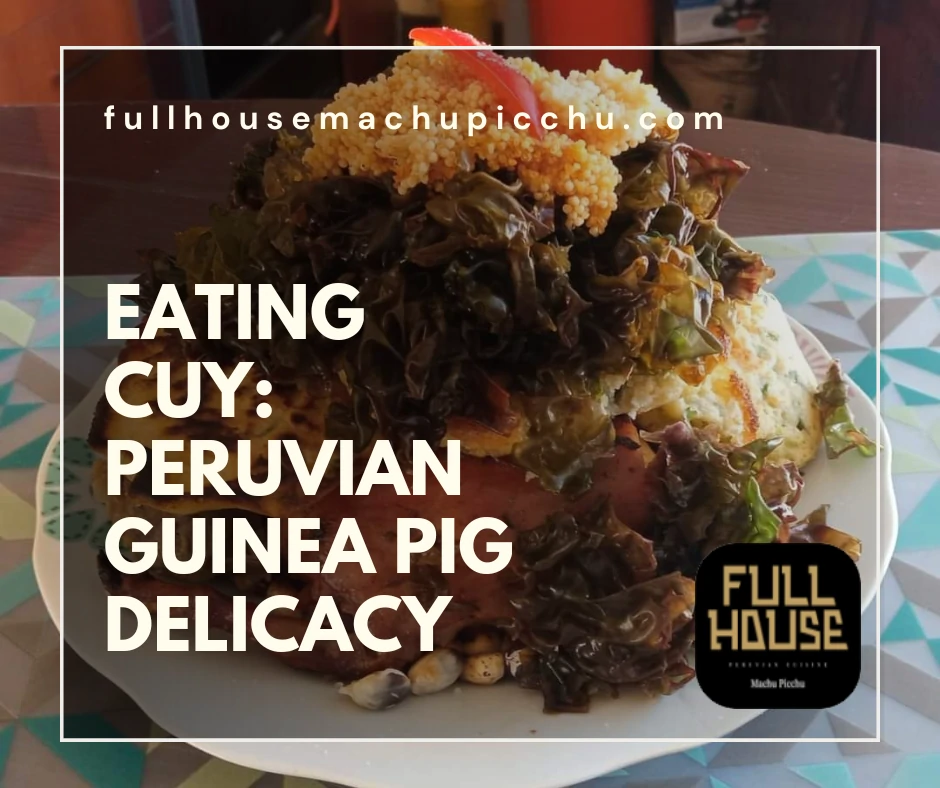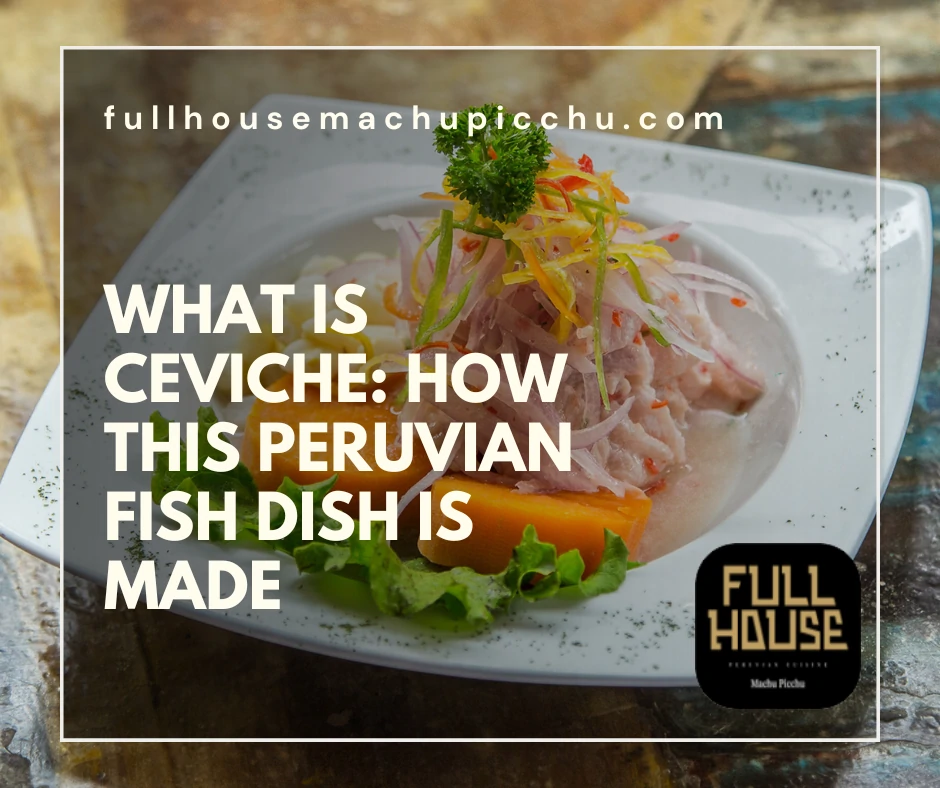Peru is a country with a rich culinary heritage that offers unique and flavorful dishes. Its traditional Peruvian meals are an essential part of the cultural experience. Each region provides distinct ingredients and cooking methods that reflect Peru’s diverse history.
From the coast to the mountains, Peru’s food is a reflection of its diverse landscapes. Many traditional dishes feature fresh seafood, hearty grains, and native vegetables. Peruvians take great pride in their food, often using ancient techniques passed down through generations.
When you visit, you’ll have the opportunity to taste these unforgettable dishes. Every bite tells a story of Peru’s vibrant culture and traditions. Exploring the local cuisine is a must for any traveler looking to truly experience the country.
Ceviche: The Fresh Taste of Peru’s Coastline
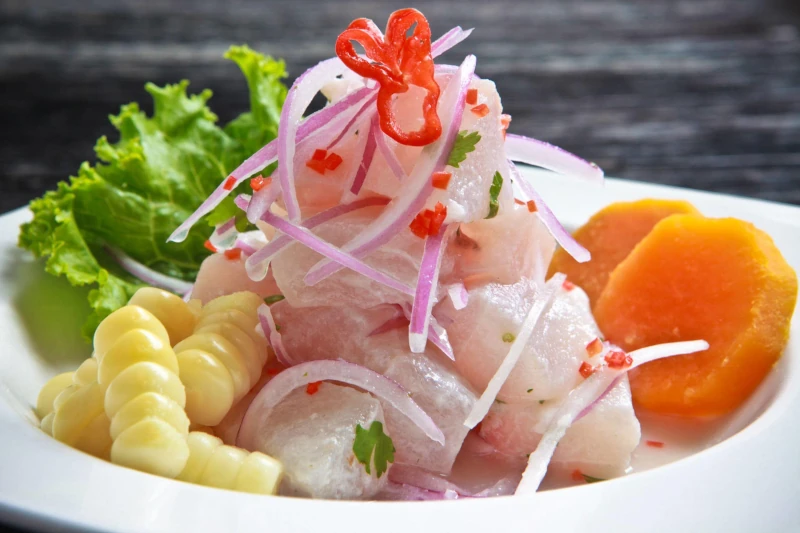
Ceviche is one of the most iconic and beloved traditional Peruvian meals. This dish highlights the fresh, vibrant flavors that define Peruvian cuisine. Ceviche is made with fresh fish marinated in tangy lime juice, representing the country’s coastal regions.
Peruvian chefs use various types of fish to prepare ceviche, but the most common choice is sea bass. Some chefs experiment with river fishes like trout. The fish is finely diced and combined with freshly squeezed lime juice. Onions and chili peppers like aji limo add depth and complexity to the dish’s flavor.
Restaurants typically serve ceviche with side dishes that enhance its freshness. A few slices of sweet potato balance the acidity of the lime juice. In some areas, they also pair it with corn on the cob or crispy fried corn kernels known as cancha.
The traditional ceviche experience isn’t complete without a cold glass of pisco sour. This famous Peruvian cocktail perfectly complements the refreshing flavors of the dish. The citrus flavor of the pisco sour complements the lime tang of the ceviche, creating a balanced taste.
A Symbol of Peru’s Coastal Culture
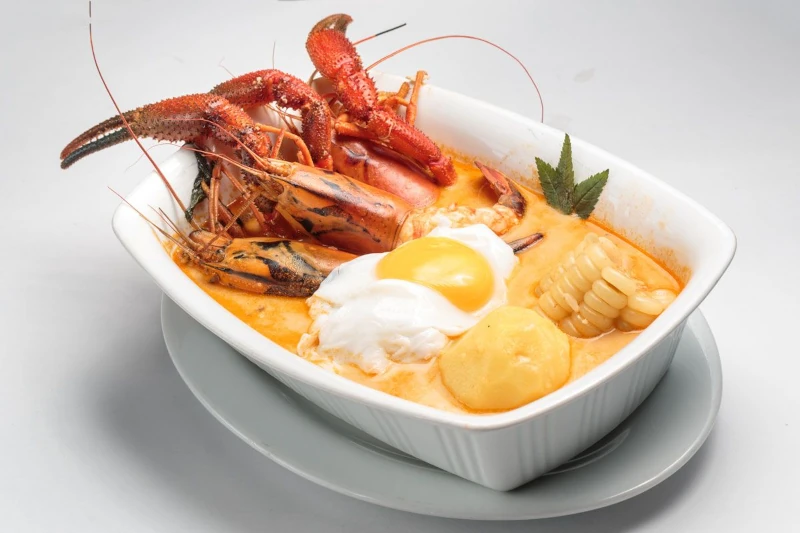
Ceviche is more than just a dish; it represents Peru’s connection to the sea. The country’s long coastline provides an abundant supply of fresh seafood, making ceviche a natural staple. This dish has deep roots in Peruvian history, dating back to pre-Columbian times when indigenous people marinated fish with local citrus.
Vendors serve ceviche as a popular street food throughout the coastal regions of Peru. In bustling markets or seaside restaurants, you’ll see locals enjoying ceviche at any time of the day. Peruvians often serve it as a starter for lunch, and many people enjoy it as a late afternoon meal.
Ceviche plays an essential role in Peru’s culinary culture, often prepared in family gatherings or celebrations. Many locals believe the dish is so tied to their identity that they even include it in festive events. The preparation of ceviche changes by region, but its main ingredients stay the same, keeping the dish nationally important.
Varieties of Ceviche: Exploring the Coastal Regions
While traditional ceviche features fish, you’ll also find regional variations that showcase other seafood. For example, in the northern coastal regions, ceviche de conchas negras (black clam ceviche) is popular. Chefs pair the black clams with lime juice and chili peppers, offering a unique take on the dish.
In some coastal areas, chefs make ceviche with squid or shrimp, giving the dish a different texture and flavor profile. Chupe de camarones, a shrimp-based soup, is another popular choice along Peru’s coast. Chefs marinate the shrimp in lime and combine it with local ingredients, offering a tasty alternative to traditional ceviche.
Another variation of ceviche includes the use of soy sauce, creating a fusion of flavors. This style, known as “ceviche de fusíon”, incorporates Peruvian ingredients alongside Asian influences. It demonstrates how Peru’s rich culinary history continues to evolve and adapt.
Ceviche: A Must-Try in Peruvian Cuisine
For travelers exploring Peru, ceviche is an absolute must-try. Its vibrant flavors and cultural significance make it a standout among traditional Peruvian meals. Whether you try it in Lima, Mancora, or at Full House Restaurant, ceviche reflects Peru’s coastal culture.
If you haven’t yet had the chance to taste it, you’re missing out on a truly authentic Peruvian experience. The fresh, zesty combination of lime juice, seafood, and aji will transport you to the heart of Peruvian cuisine. Don’t leave Peru without trying this unforgettable dish that perfectly embodies the country’s culinary traditions.
Lomo Saltado: A Flavorful Fusion of Cultures

Lomo Saltado is a popular traditional Peruvian meal, known for its rich flavors and mix of ingredients. This dish blends influences from both indigenous Peruvian ingredients and Chinese cooking, creating a delightful fusion. It perfectly shows how Peru’s multicultural history reflects in its cuisine.
The foundation of lomo saltado is tender strips of beef, typically stir-fried to a perfect caramelized finish. The chef combines the beef with onions, tomatoes, and a hint of ají amarillo (yellow chili pepper) for an extra kick. The vegetables provide both crunch and sweetness, balancing the savory depth of the beef.
One key feature of lomo saltado is its incorporation of French fries, which add a crispy contrast to the dish. Chefs often stir the French fries directly into the mix of beef and vegetables, allowing them to absorb the flavors of the soy-based sauce. This creates a comforting and hearty combination that showcases the fusion of two culinary traditions.

A Harmonious Blend of Chinese and Peruvian Influences
Lomo saltado is often regarded as a dish that symbolizes Peru’s Chinese-Peruvian or “Chifa” culinary tradition. In the late 19th century, Chinese immigrants brought their cooking techniques to Peru, blending them with local ingredients. This blend of cultures created many Peruvian dishes, with lomo saltado being one of the most famous.
Soy sauce in lomo saltado reflects Chinese influence, while ají amarillo and potatoes show Peru’s indigenous heritage. The dish’s stir-frying technique also comes from Chinese cooking, making it both quick and flavorful. Despite its Chinese roots, lomo saltado has become a deeply beloved dish throughout Peru.
Typically served with a side of rice, lomo saltado makes for a satisfying and well-rounded meal. The rice complements the stir-fry, absorbing the sauce and adding a neutral base. The mix of beef, potatoes, rice, and vegetables makes a satisfying and balanced dish that everyone will enjoy.
A Versatile Meal for Any Occasion
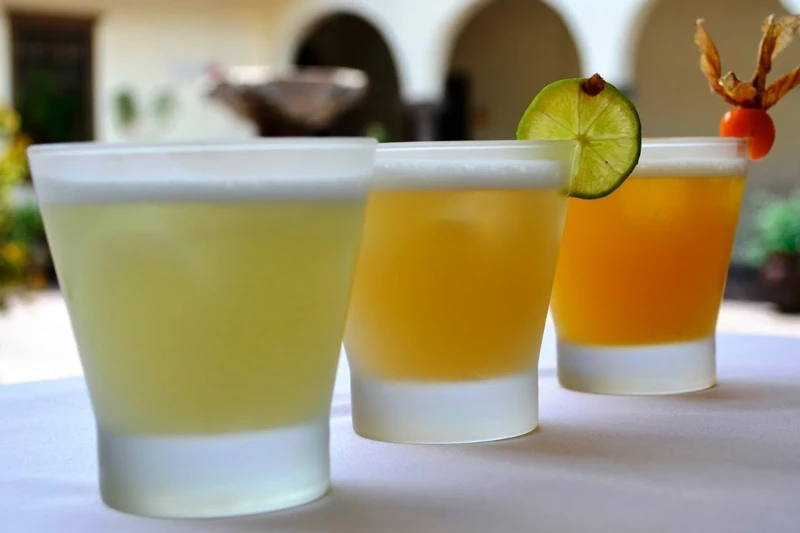
Lomo saltado can be enjoyed in many settings, from casual street food stalls to upscale restaurants. People often serve it during lunch and dinner, making it a versatile meal. Whether you’re in the lively streets of Lima or a more upscale setting, lomo saltado is a must-try dish.
There are many variations of lomo saltado, with some adding ingredients like boiled eggs or alpaca meat. While beef remains the most common protein, you might encounter seafood versions or even chicken. No matter the variation, lomo saltado is always an exciting and flavorful dish that showcases Peru’s diverse ingredients.
As you try traditional Peruvian meals, lomo saltado is a must-try dish. The rich, savory sauce, tender beef, and crispy potatoes offer an unforgettable dining experience. It’s a perfect introduction to the complexities and delicious combinations that define Peruvian cuisine.
Lomo Saltado: A Dish That Defines Peruvian Culture
Lomo saltado reflects the vibrant culture and history of Peru, with every bite telling the story of cultural fusion. Locals and visitors alike love the dish, often enjoying it with family and friends. Whether served in a small café or a busy restaurant, Lomo saltado always delivers.
If you’re in Peru, don’t miss the chance to savor this quintessential Peruvian dish. Lomo saltado is more than just food; it’s a connection to Peru’s rich culinary heritage. As one of the most popular traditional Peruvian meals, it offers a delicious taste of the country’s spirit.
Aji de Gallina: A Creamy, Comforting Classic

Aji de Gallina is a beloved traditional Peruvian meal that offers both comfort and flavor in every bite. This creamy, rich chicken dish is a favorite in many Peruvian households and restaurants. It combines tender shredded chicken with a flavorful sauce made from ají amarillo, a mild yellow chili, and other ingredients.
The heart of aji de gallina lies in its velvety sauce, which is both creamy and slightly spicy. They create the sauce by blending ají amarillo, walnuts, milk, and Parmesan cheese, resulting in a smooth, luxurious texture. The chef pours this flavorful sauce over the shredded chicken, allowing it to soak up the rich, spicy goodness.
To complete the dish, chefs traditionally serve aji de gallina with boiled potatoes and white rice. The potatoes absorb the sauce, offering a soft and satisfying contrast to the creamy chicken. The rice, served alongside, helps balance the richness of the sauce, making it a well-rounded meal.
A Flavorful Combination of Peruvian Ingredients
Aji de gallina is a perfect example of traditional Peruvian meals that showcase the country’s unique ingredients. Ají amarillo, a key element in the sauce, provides a distinctive flavor that’s both earthy and slightly fruity. The pepper adds a subtle heat, ensuring that the dish is flavorful but not overwhelming.
Along with the ají amarillo, walnuts and Parmesan cheese enhance the creaminess and depth of the sauce. The mild, nutty flavor of walnuts blends perfectly with the richness of the cheese. Together, these ingredients elevate the dish to a level of indulgence that locals and visitors alike love.
The dish typically uses chicken, but some variations include other proteins, such as turkey or even guinea pigs. Aji de gallina’s versatility allows a wide variety of tastes to enjoy it. It is a comforting and satisfying dish, whether served at a family gathering or in a restaurant.
Ají de Gallina: A Must-Try Comfort Dish
For travelers exploring Peru, trying aji de gallina is an essential part of experiencing traditional Peruvian meals. The combination of tender chicken, creamy sauce, and perfectly paired sides captures the essence of Peruvian comfort food. It’s a dish that has stood the test of time and continues to be a favorite among locals and tourists alike.
If you want to experience true Peruvian flavor, don’t miss the chance to enjoy aji de gallina. This dish offers a taste of Peru’s rich culinary heritage, filled with unique flavors and textures. It’s a comforting classic that will leave you craving more.
Pachamanca: A Traditional Andean Feast
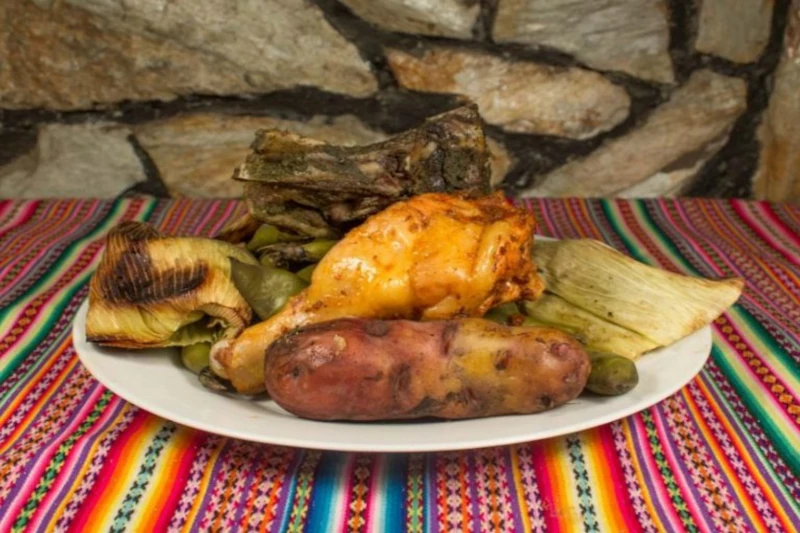
Pachamanca is a unique and ancient dish that offers a true taste of traditional Peruvian meals. This flavorful feast originates from the Andean highlands and cooks in the ground using hot stones. The name “pachamanca” comes from “pacha” (earth) and “manca” (pot), reflecting the ancient cooking method.
The preparation of pachamanca involves layering various ingredients, such as meats, vegetables, and herbs, over hot stones. Typically, cooks use lamb, pork, and chicken, along with potatoes, corn, and sweet potatoes. They wrap all the ingredients in leaves, usually huarango or corn leaves, and place them in a pit to cook.
This method of cooking allows the flavors to meld together, resulting in a tender, smoky, and aromatic meal. The natural earth heat infuses the ingredients with a rich flavor, creating a dish like no other. The combination of meats, vegetables, and seasonings makes pachamanca a great example of traditional Peruvian meals that showcase local agriculture.
The Rituals Behind Pachamanca
Cooking pachamanca is a communal experience that brings people together to celebrate tradition. In the Andean regions, people often prepare this feast during special occasions and ceremonies. It is not just a meal but an important cultural event that connects people to their ancestors and the land.
The cooking process itself is an event that can take hours. You must carefully prepare the pit with hot stones, creating the perfect environment for slow-cooking. Once you bury the food, the pachamanca cooks slowly, letting the flavors develop and the meats soften.
Families and communities gather around, share stories, and enjoy the process as the food cooks. The rich, earthy flavors of pachamanca are best enjoyed in the company of loved ones. This communal meal plays a central role in celebrations and offers an experience you should not miss.
A Truly Authentic Andean Experience
Chiriuchu offers travelers a chance to experience one of the most authentic traditional Cusco meals. The unique cooking method elevates the flavors of the meat, potatoes, and vegetables. When visiting Peru, you must try this dish in the Andean regions to taste Peru’s indigenous agricultural roots.
The process of cooking and sharing pachamanca is a beautiful example of how food can create lasting connections. It embodies the spirit of Peru’s rich cultural heritage and connection to the land. Make sure to try this amazing Andean feast and experience one of Peru’s most beloved food traditions.
